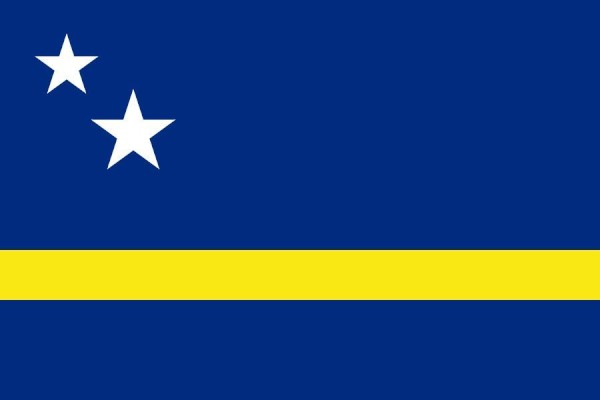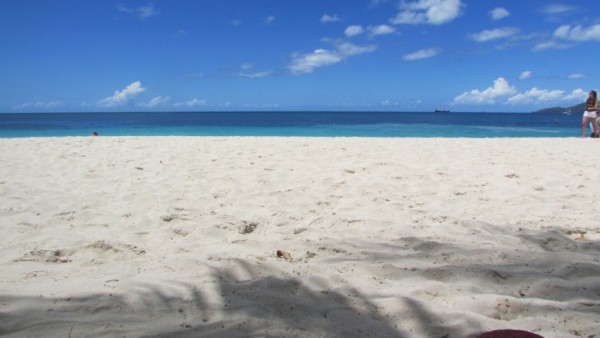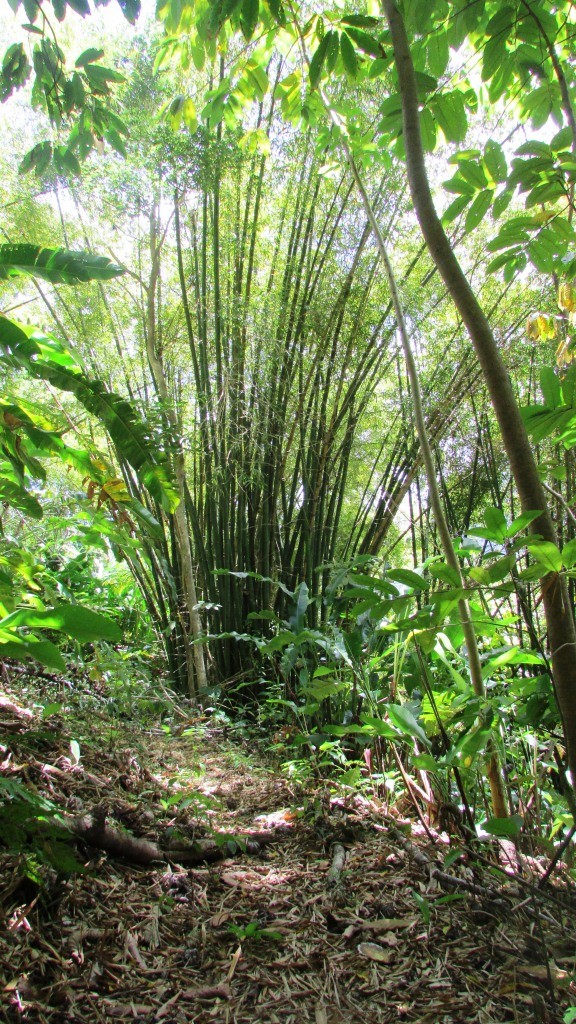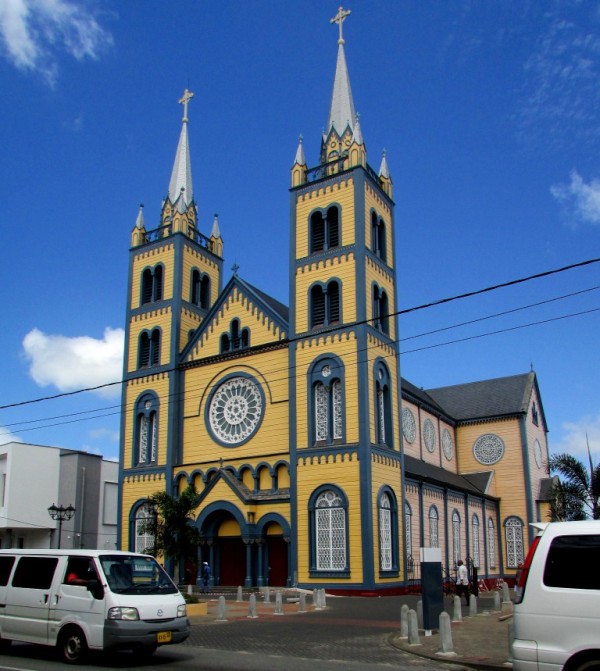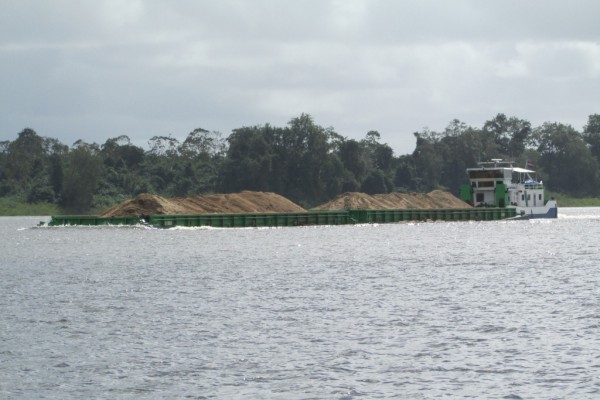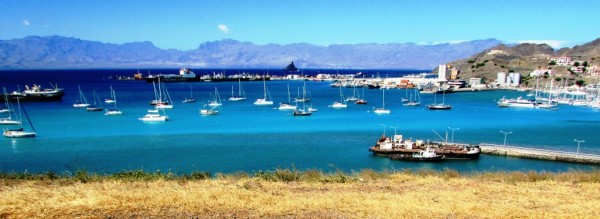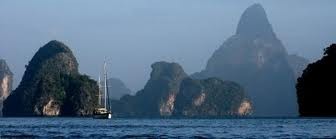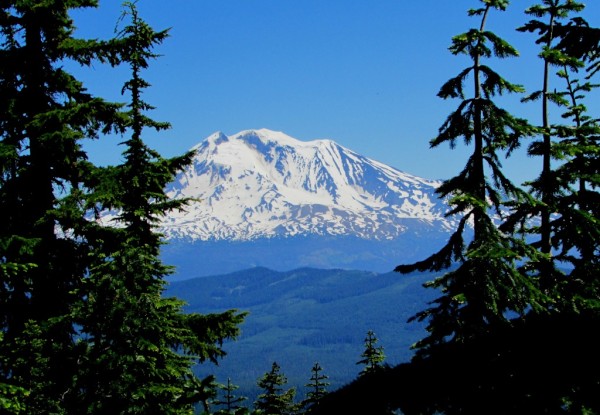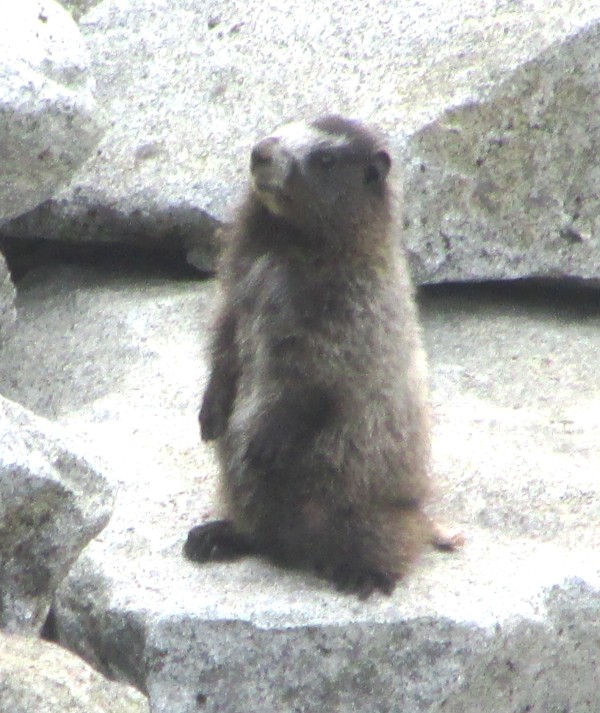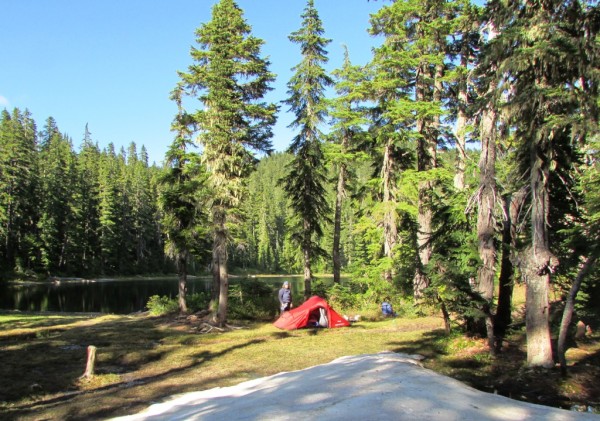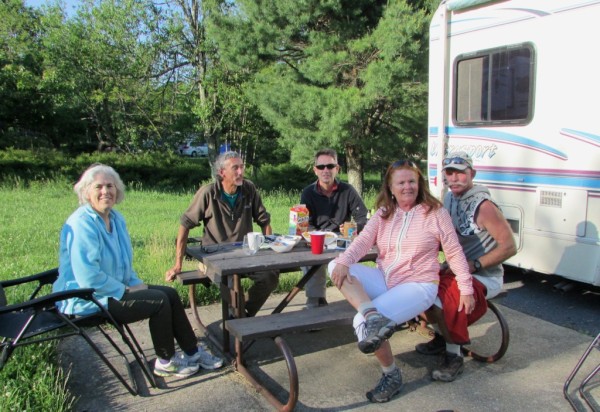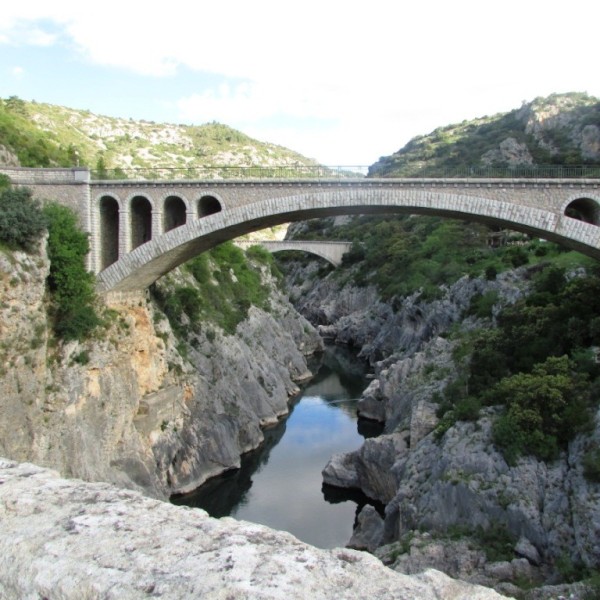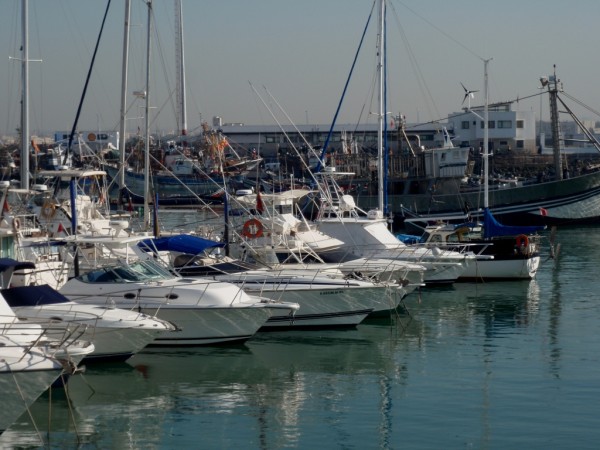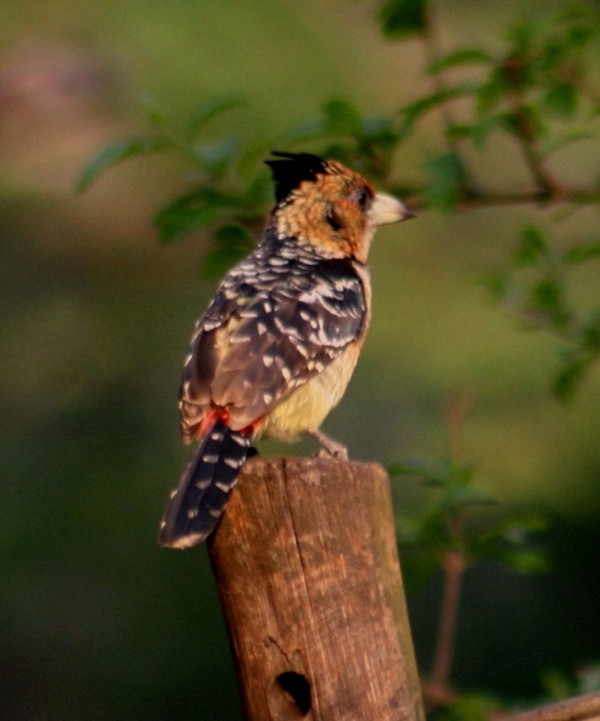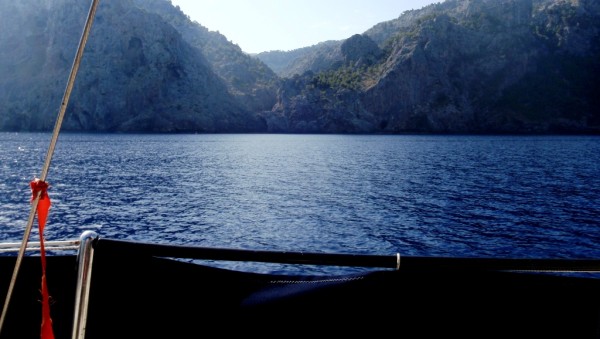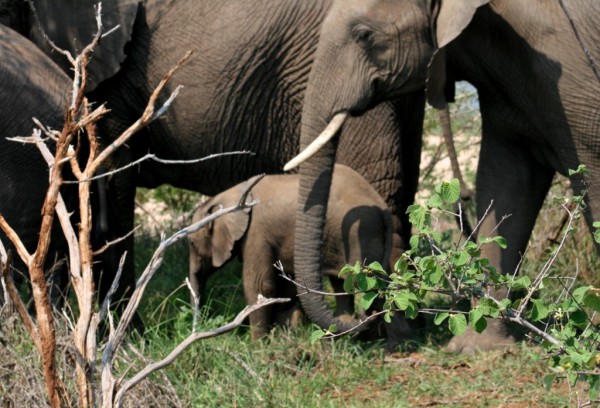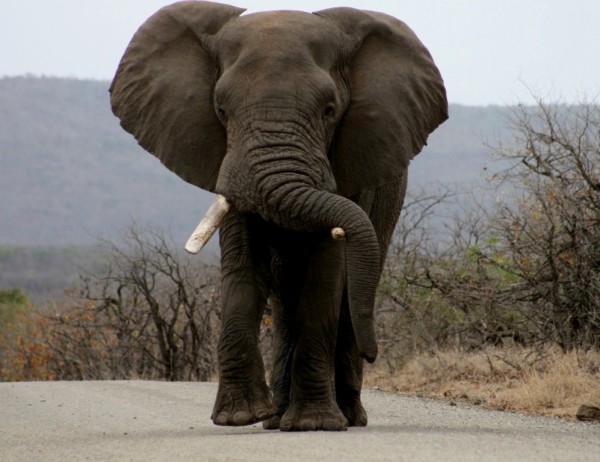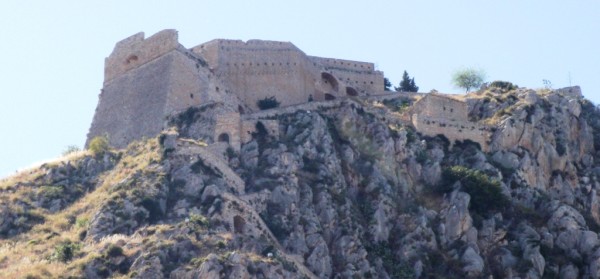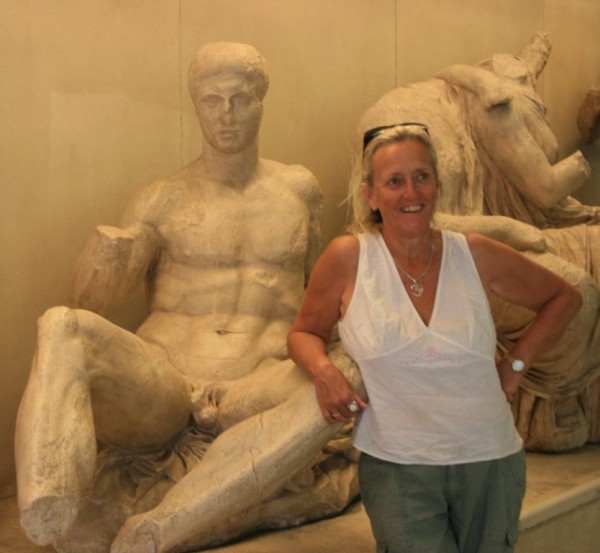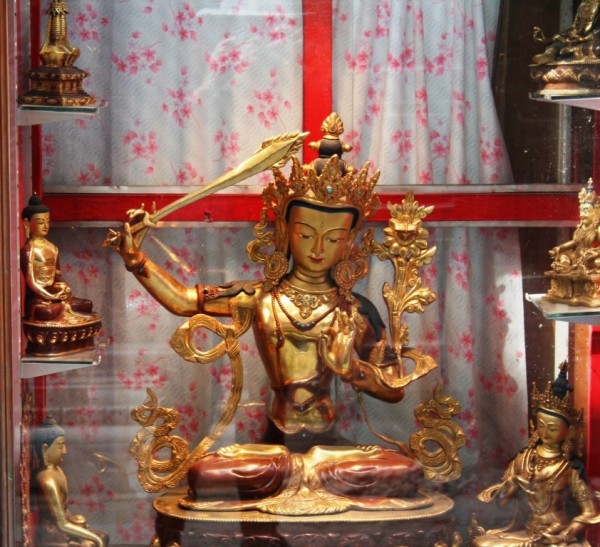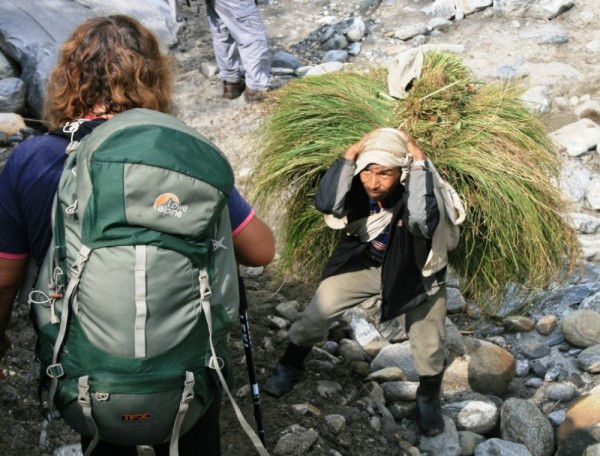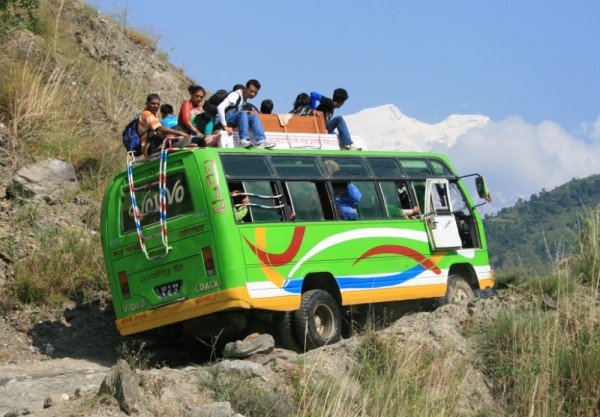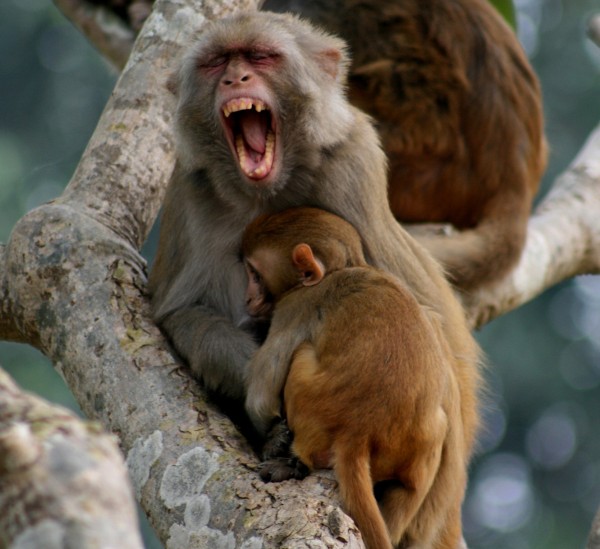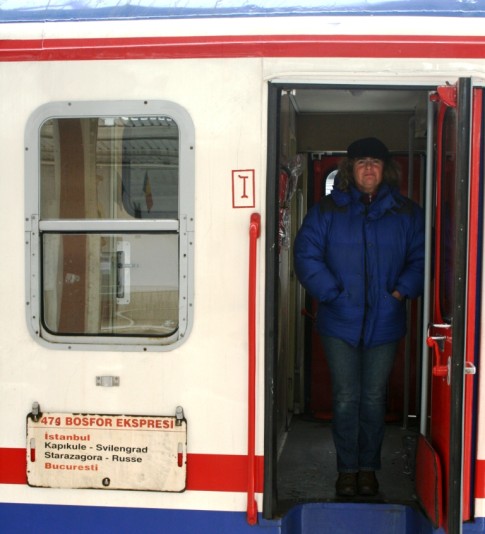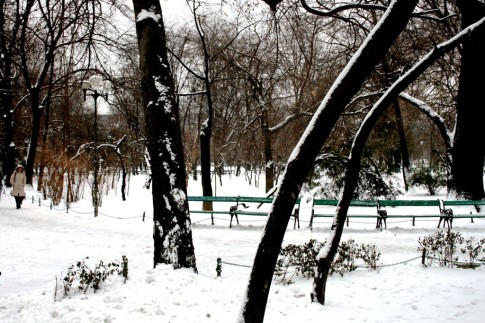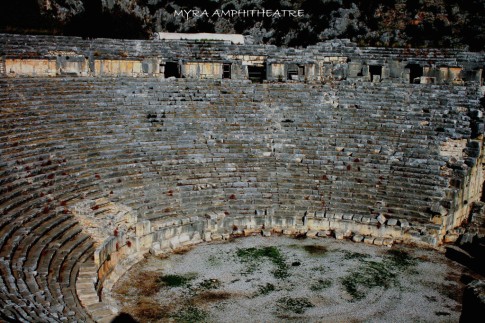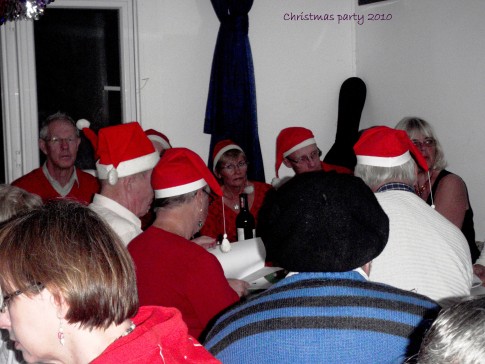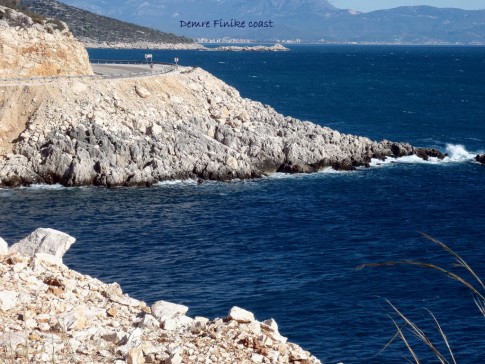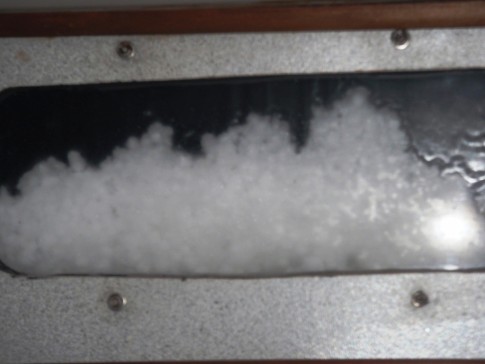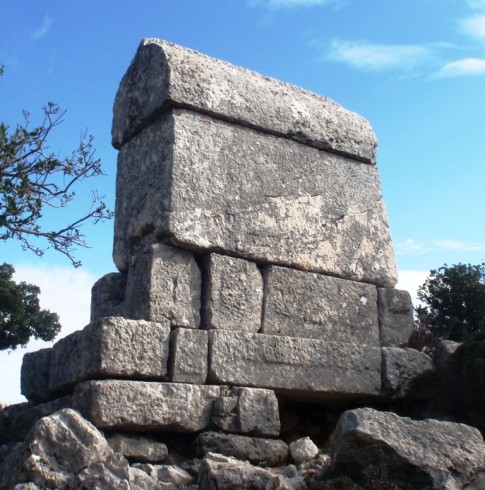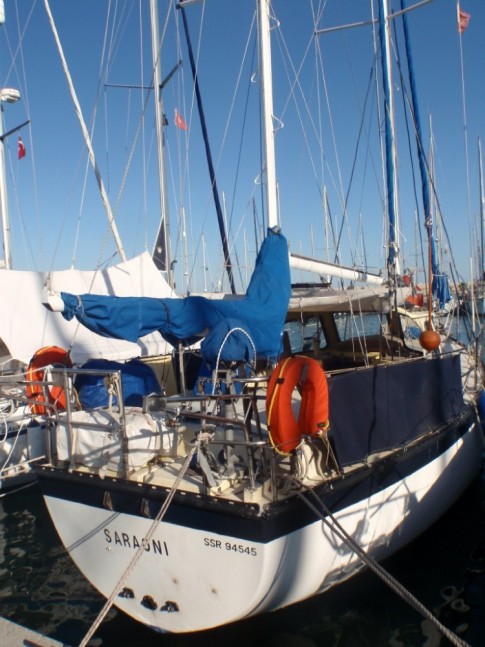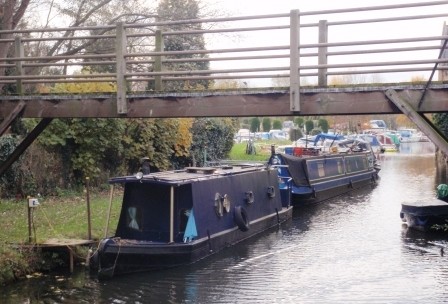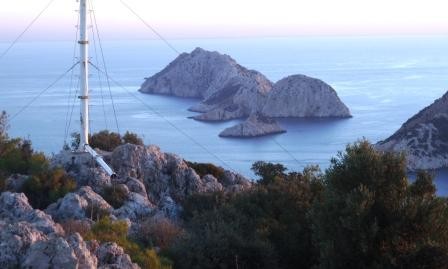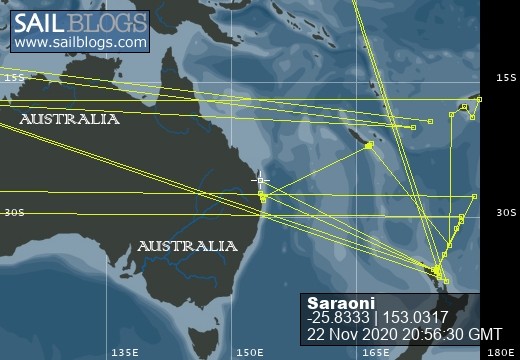
SVs Saraoni and Sundari
09 April 2024 | The Broadwater, Gold Coast, Australia
03 March 2024 | Hope Harbour marina, Gold Coast, Australia
03 January 2024 | Karragarra Channel, South Moreton Bay Islands, Queensland
15 December 2023 | Riverheads, Mary River, Great Sandy Strait, Queensland
23 October 2023 | Great Keppel Island
07 August 2023 | Trinity Inlet, Cairns, North Queensland
23 July 2023 | Trinity Inlet, Cairns, Far North Queensland.
07 July 2023 | Cairns
19 May 2023 | North West island, Capricornia Cays, Queensland
15 May 2023 | Burnett River, Bundaberg, Queensland.
29 April 2023 | Manly marina, Moreton Bay, Queensland, Australia
04 March 2023 | South Auckland, New Zealand
18 January 2023 | Gold Coast Broadwater, Queensland
17 November 2022 | Collie, Southern WA, Australia
29 October 2022 | Albany, SW Australia
14 October 2022 | Augusta, WA, Australia
15 August 2022 | Karragarra Passage, Southern Moreton Bay, Queensland, Australia
14 July 2022 | Raby Bay, off Moreton Bay, Queensland
13 June 2022 | Camooweal, Far West Queensland
20 May 2022 | Alice Springs, Northern Territory, Australia
Last day in animal paradise
15 October 2012 | Sabie, Mpumulanga, South Africa
Alison and Geoff: Cool , but sunny
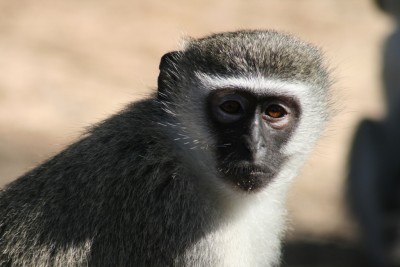
Pic shows a vervet monkey - one of the two commonest primates in Southern Africa.
We are now sadly waiting to make the last 300 kms of a trip back to Johannesberg and our return to Spain and our plans to sail across the Atlantic.
We barely started our last day in Kruger National Park when we bumped into a delightful family of sociable hyenas blocking the track out from our campsite - the matriarch with five cubs in attendance was slap bang in the middle of the road. Sisters, brothers, aunts and uncles had been whooping around the camp all night in discordant harmony with the grunting hippos from the Olifants River nearby.
Then we saw our third set of the Big 5, one by one appearing into view throughout the morning.
Firstly, the white rhino meandering down to the water's edge of one of the rivers, now newly quenched with recent rain, secondly a herd of buffalo with offspring grazing on the edge of the road. Then, the gridlock of cars ahead of us indicated that there must be something potentially intriguing. It was three male lions, lounging just a few metres from the road in the spring sun near their recent buffalo kill, two jackals also in attendance.
Just up the road, three or four kilometres was a large, male leopard who was chewing away at the remains of an unfortunate porcupine, as could be seen by a quill sticking out the side of his face. No doubt decidedly painful, and possibly life threatening if the wound became infected.
Several lone bull elephants appeared from time to time not far from the road out of the park, though the many herds of mothers and young were not to be seen today.
The last mammal we left behind at the gate was a cheeky, vervet monkey. One had dived into our car one day and taken an egg and on another occasion its cousin had quickly grabbed an apple which rolled off the car roof.
We had also seen throughout the morning hippos, zebras, crocodiles, giraffes, baboons, wildebeest, impala, greater kudu. jackal, slender mongoose, duiker and many beautiful birds, all whose lives should be guaranteed into the future.
We are now sadly waiting to make the last 300 kms of a trip back to Johannesberg and our return to Spain and our plans to sail across the Atlantic.
We barely started our last day in Kruger National Park when we bumped into a delightful family of sociable hyenas blocking the track out from our campsite - the matriarch with five cubs in attendance was slap bang in the middle of the road. Sisters, brothers, aunts and uncles had been whooping around the camp all night in discordant harmony with the grunting hippos from the Olifants River nearby.
Then we saw our third set of the Big 5, one by one appearing into view throughout the morning.
Firstly, the white rhino meandering down to the water's edge of one of the rivers, now newly quenched with recent rain, secondly a herd of buffalo with offspring grazing on the edge of the road. Then, the gridlock of cars ahead of us indicated that there must be something potentially intriguing. It was three male lions, lounging just a few metres from the road in the spring sun near their recent buffalo kill, two jackals also in attendance.
Just up the road, three or four kilometres was a large, male leopard who was chewing away at the remains of an unfortunate porcupine, as could be seen by a quill sticking out the side of his face. No doubt decidedly painful, and possibly life threatening if the wound became infected.
Several lone bull elephants appeared from time to time not far from the road out of the park, though the many herds of mothers and young were not to be seen today.
The last mammal we left behind at the gate was a cheeky, vervet monkey. One had dived into our car one day and taken an egg and on another occasion its cousin had quickly grabbed an apple which rolled off the car roof.
We had also seen throughout the morning hippos, zebras, crocodiles, giraffes, baboons, wildebeest, impala, greater kudu. jackal, slender mongoose, duiker and many beautiful birds, all whose lives should be guaranteed into the future.
The Big 15 - Kruger
13 October 2012 | Balule Camp, Kruger NP
Alison - cool and wet
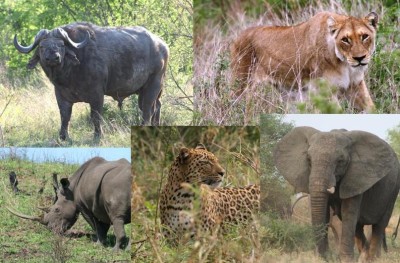
Pic shows each of the so called "Big 5" seen in Kruger NP over the last few days.
Africa has long since not had to worry about the dangers of the so called "Big 5", originally named like that because they were reckoned to be the most dangerous large animals on the continent. One of the smallest of microbes - the HIV virus - now kills more people in the 4 countries of Southern Africa every year than any of the big 5 ever did in recorded history.
For us wildlife tourists searching for the big 5 and other large mammals and birds is a lot of fun and hundreds of South Africans pour into their game parks every day hoping to see the "cats": cheetah, leopard and lion, which are a lot harder to see than elephants, buffalos, rhinos, hippos and crocodiles.
Because Kruger has been open to car tourism for so long, the larger animals are very tolerant of people - as long as they stay in their vehicles. This means that you can get very close to many large animals without them getting worried.
We have now seen the Big 5 - different animals every time - on three separate days - hence the title of this blog - the big 15!
Africa has long since not had to worry about the dangers of the so called "Big 5", originally named like that because they were reckoned to be the most dangerous large animals on the continent. One of the smallest of microbes - the HIV virus - now kills more people in the 4 countries of Southern Africa every year than any of the big 5 ever did in recorded history.
For us wildlife tourists searching for the big 5 and other large mammals and birds is a lot of fun and hundreds of South Africans pour into their game parks every day hoping to see the "cats": cheetah, leopard and lion, which are a lot harder to see than elephants, buffalos, rhinos, hippos and crocodiles.
Because Kruger has been open to car tourism for so long, the larger animals are very tolerant of people - as long as they stay in their vehicles. This means that you can get very close to many large animals without them getting worried.
We have now seen the Big 5 - different animals every time - on three separate days - hence the title of this blog - the big 15!
Right of way in South Africa
08 October 2012 | Berg en Daal, Kruger NP, South Africa
Alison and Geoff, hot

Pic shows many species of animals all enjoying a bit of time wandering along or across the SA reserve highway system!
A scarab beetle the size of a large toe nail, that wraps up elephant and rhino dung into a circular shape and makes a nest with it, has right of way over a vehicle in nature reserves and national parks in South Africa. It is quite an acrobatic act with a small car negotiating these marvels of nature on a winding, unsealed road while watching for rhino, elephant, zebra and giraffe and all the other diverse species we still share this planet with and also have a right of way - in these sanctuaries, at least.
So far, trying to beat the clock to get back to our campsite compound by 6 pm, we have been in gridlock with elephants, rhinos, baboons, impala and lions and they all know who is boss on the national park highways. It was only a few minutes ago that a band of 30 baboons were fully aware of our deadline, but for some reason they chose to have a stop work meeting in the center of the road. Fortunately, they were endowed with plenty of sympathisers, so there were no roadside pickets or battles for them or us to worry about.
A scarab beetle the size of a large toe nail, that wraps up elephant and rhino dung into a circular shape and makes a nest with it, has right of way over a vehicle in nature reserves and national parks in South Africa. It is quite an acrobatic act with a small car negotiating these marvels of nature on a winding, unsealed road while watching for rhino, elephant, zebra and giraffe and all the other diverse species we still share this planet with and also have a right of way - in these sanctuaries, at least.
So far, trying to beat the clock to get back to our campsite compound by 6 pm, we have been in gridlock with elephants, rhinos, baboons, impala and lions and they all know who is boss on the national park highways. It was only a few minutes ago that a band of 30 baboons were fully aware of our deadline, but for some reason they chose to have a stop work meeting in the center of the road. Fortunately, they were endowed with plenty of sympathisers, so there were no roadside pickets or battles for them or us to worry about.
Sanibonani! We meet the Lion of Swaziland
06 October 2012 | Mlilwane, Swaziland
Geoff and Alison: Hot and Dry
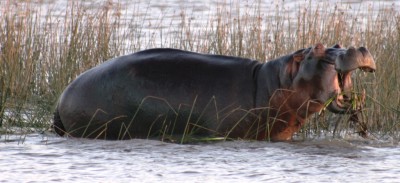
Pic shows a hippo in the St Lucia estuary. The same group stayed in one spot close to the campsite all day, then wandered around at night. One killed a warden in his back garden recently when the hippo was disturbed by accident.
The lion wasn't the legendary King Sobhuza 11, who actually died in 1982, leaving 120 widows but a very noisy grunting feline who has kept us awake for two nights in a row here in the low veld of what we thought was the "Switzerland of Africa". The Eastern part of Swaziland, through which we are transiting en route from Zululand to Kruger is actually hot, flat and covered with sugar cane. Quite a lot of it has now been turned over to conservation with the upsurge in ecotourism to this little country, sandwiched between South Africa and Mozambique.
Since the last blog we have been to many lovely places and seen a lot of nature as well as four of Africa's "big five" (lion, leopard, buffalo, elephant and rhino).
Each place has been quite special so haven't formulated what has been the best so far.
iSimangaliso / St Lucia had hippos and crocodiles, forest, wetlands and the rolling surf along miles of empty Indian Ocean beaches; uMkhuze had its lovely camp through which wandered impala, nyala and baboons at will - as well as our first cheetah; Ithala - with its rocky crags and our first close up encounter with elephants.
Our trip so far, barring a couple of punctures, has been problem free and the only scary part has been the motorway between Pietermaritzburg and Durban - with its hundreds of hurtling semitrailers. South Africa has been something of a paradox - one eye sees the first world part, the other the third world. Both have come closer together and overlapped in the last 18 years since the dismantling of Apartheid in complex ways. For us as transient visitors everything has been easy and pleasant. Everybody speaks very good English and services are generally better than anywhere in Mediterranean Europe - although the towns are nowhere near as attractive. More functional than anything else.
Swaziland seems a more laid back and simpler version of South Africa. Much has been borrowed from Big Brother next door, but the Swazis don't seem anywhere near as poor as Eritrea, Sudan, Nepal and Sri Lanka, to think about countries we have transited or visited between Malaysia and the Med.
We leave Swaziland via the highlands in a couple of days and have only just over a week left - in Kruger - South Africa's most famous national park, before being forced to think again about Saraoni stuck high and dry on its perch back on the coast of Spain and our impending Atlantic crossing!
The lion wasn't the legendary King Sobhuza 11, who actually died in 1982, leaving 120 widows but a very noisy grunting feline who has kept us awake for two nights in a row here in the low veld of what we thought was the "Switzerland of Africa". The Eastern part of Swaziland, through which we are transiting en route from Zululand to Kruger is actually hot, flat and covered with sugar cane. Quite a lot of it has now been turned over to conservation with the upsurge in ecotourism to this little country, sandwiched between South Africa and Mozambique.
Since the last blog we have been to many lovely places and seen a lot of nature as well as four of Africa's "big five" (lion, leopard, buffalo, elephant and rhino).
Each place has been quite special so haven't formulated what has been the best so far.
iSimangaliso / St Lucia had hippos and crocodiles, forest, wetlands and the rolling surf along miles of empty Indian Ocean beaches; uMkhuze had its lovely camp through which wandered impala, nyala and baboons at will - as well as our first cheetah; Ithala - with its rocky crags and our first close up encounter with elephants.
Our trip so far, barring a couple of punctures, has been problem free and the only scary part has been the motorway between Pietermaritzburg and Durban - with its hundreds of hurtling semitrailers. South Africa has been something of a paradox - one eye sees the first world part, the other the third world. Both have come closer together and overlapped in the last 18 years since the dismantling of Apartheid in complex ways. For us as transient visitors everything has been easy and pleasant. Everybody speaks very good English and services are generally better than anywhere in Mediterranean Europe - although the towns are nowhere near as attractive. More functional than anything else.
Swaziland seems a more laid back and simpler version of South Africa. Much has been borrowed from Big Brother next door, but the Swazis don't seem anywhere near as poor as Eritrea, Sudan, Nepal and Sri Lanka, to think about countries we have transited or visited between Malaysia and the Med.
We leave Swaziland via the highlands in a couple of days and have only just over a week left - in Kruger - South Africa's most famous national park, before being forced to think again about Saraoni stuck high and dry on its perch back on the coast of Spain and our impending Atlantic crossing!
Rhino Mania in Hluhluwe - iMfolozi
24 September 2012 | St Lucia, Zululand Coast, South Africa
Alison; windy north westerlies and warm
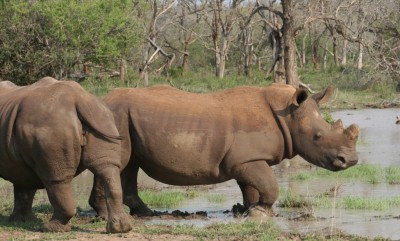
Pic shows 2 white rhinos in iMfolozi Game Reserve. Over four hundred have been slaughtered already in KZN this year. 4 were killed in Hluhluwe alone during the weekend after this blog was written. For some bizarre reason, old Chinese men think that the powdered horn - actually made of exactly the same material as fingernail - will do more for their aging, limp penises than Viagra. Rhino horn fetches more than gold on the black market.
We're on the Indian Ocean coast in a lovely campground run by the KwaZulu Natal Wildlife Board near the St Lucia estuary. There are plenty of hippos and crocodiles in the estuary, just a hundred metres away and the jungly campsite is part of a large wetland reserve. Monkeys and duikers wander around the tents, which are also home to a lot of different types of birds.
We met up with yachtie friends in Richards Bay - a busy industrial coastal town, seemingly full of large dual carriageways and modern shopping centres, miles from anywhere. Fien and Hans on "Pelikaan" came up to iMfolozi Game Reserve with us in their landrover and we had a fine time wandering around searching for wildlife. They and Steve on "Oz " have had a great time in South Africa but are now not so happy as Customs has impounded their boats, pending a fine and bond!
The double reserves of Hluhluwe and iMfolozi are two of Africa's oldest reserves, set aside like so many in Europe, as a hunting reserve for the king (of the Zulus in this case) - then in 1895 by the British authorities. Here in Kwazulu Natal, the population density is very high and the smattering of smallish reserves were made in the nick of time to save these living museum pieces of old Africa. Now, the growing settlements encroach on all sides.
Two of South Africa's parks - Kruger and Kgalagadi, at opposite ends of the country, have however been cleverly integrated with large reserves in the neighbouring countries of Mozambique and Zimbabwe (Kruger) and Botswana (Kgalagadi) - providing a much needed larger area for the surviving relics of Africa's largest fauna.
Hluhluwe and iMfolozi were also the first places in Africa to reverse the steady decline in rhinos. A recent upsurge in poached rhino horn has again seen a decline just about everywhere in Africa, India and Nepal - it has even inflicted South Africa's relatively well preserved parks. Despite these gloomy developments we still saw plenty of rhinos in these parks - rhinos (mostly the white species) - seemed to be visible everywhere. We must have seen dozens, as well as giraffes, zebra, impala, magnificent greater kudu, nyala and two lions - less than a kilometere from the rondavel where we were staying. Strangely we never saw a single elephant despite wandering around just about every track in the two parks - hard to imagine how they could have merged into the bush so succesfully.
These South Afican reserves have proven great viewing - for a few euros / dollars you can spend all day wandering around, never sure what might turn up around the corner. South Africans visit their parks in droves at the weekends and holidays driving all day from Johannesburg or Durban to get away from the cities and see their slice of African bush.
We're on the Indian Ocean coast in a lovely campground run by the KwaZulu Natal Wildlife Board near the St Lucia estuary. There are plenty of hippos and crocodiles in the estuary, just a hundred metres away and the jungly campsite is part of a large wetland reserve. Monkeys and duikers wander around the tents, which are also home to a lot of different types of birds.
We met up with yachtie friends in Richards Bay - a busy industrial coastal town, seemingly full of large dual carriageways and modern shopping centres, miles from anywhere. Fien and Hans on "Pelikaan" came up to iMfolozi Game Reserve with us in their landrover and we had a fine time wandering around searching for wildlife. They and Steve on "Oz " have had a great time in South Africa but are now not so happy as Customs has impounded their boats, pending a fine and bond!
The double reserves of Hluhluwe and iMfolozi are two of Africa's oldest reserves, set aside like so many in Europe, as a hunting reserve for the king (of the Zulus in this case) - then in 1895 by the British authorities. Here in Kwazulu Natal, the population density is very high and the smattering of smallish reserves were made in the nick of time to save these living museum pieces of old Africa. Now, the growing settlements encroach on all sides.
Two of South Africa's parks - Kruger and Kgalagadi, at opposite ends of the country, have however been cleverly integrated with large reserves in the neighbouring countries of Mozambique and Zimbabwe (Kruger) and Botswana (Kgalagadi) - providing a much needed larger area for the surviving relics of Africa's largest fauna.
Hluhluwe and iMfolozi were also the first places in Africa to reverse the steady decline in rhinos. A recent upsurge in poached rhino horn has again seen a decline just about everywhere in Africa, India and Nepal - it has even inflicted South Africa's relatively well preserved parks. Despite these gloomy developments we still saw plenty of rhinos in these parks - rhinos (mostly the white species) - seemed to be visible everywhere. We must have seen dozens, as well as giraffes, zebra, impala, magnificent greater kudu, nyala and two lions - less than a kilometere from the rondavel where we were staying. Strangely we never saw a single elephant despite wandering around just about every track in the two parks - hard to imagine how they could have merged into the bush so succesfully.
These South Afican reserves have proven great viewing - for a few euros / dollars you can spend all day wandering around, never sure what might turn up around the corner. South Africans visit their parks in droves at the weekends and holidays driving all day from Johannesburg or Durban to get away from the cities and see their slice of African bush.
From Seafari to Safari – A last leap into Africa
16 September 2012 | Royal Natal NP, uKhahlamba / Drakensberg, South Africa
Alison: cold

Saraoni is safely hauled high and dry in the massive yard at Almerimar on Spain's Andalucian coast - a hop away from Gibraltar and the Atlantic, where we should be passing next month, all being well.
With a little time to spare it was time for one long look down South - at the massive continent we have been skirting for the last two years, but have so little been able to explore.
South Africa provided the most convenient, cheapest and easiest access to that part of Africa South of the Sahara. We booked five weeks car hire and flew into Johannesburg on the 12th September with nature firmly in focus. Our itinerary includes 15 separate conservation areas, with the best left to last - 8 days in Kruger National park. Of course, it is hard to visit this paradox of a country without trying to make sense of what is going on. It will be hard to make any value judgements with it having such a multifaceted nature. It is 40 years since one of us came this way and of course the country has changed out of all recognition.
We are now camped high on the flanks of the Northern Drakensberg Range, close to the Lesotho border in a beautifully green site, with baboons, hyraxes, bushbucks, ibises and nosy guinea fowl for company. It was close to here that Bryce Courtenay's powerful Apartheid era drama, "The Power of One" and its steamier sequel "Tandia" played out part of its story in amongst the high peaks and waterfalls.
Our trip has taken us across the flat endless plains of the Free State to the small reserve called Willem Pretorius. Nobody seems to know much about this place, but we were amazed to see a huge diversity of wildlife - from giraffes to rhinos, kudu, zebra, gnu and hundreds of birds.
We then took the road to Lesotho and the Golden Gate Highlands, over 2000 metres up, surprisingly cold. A hail storm, strong winds and rain were followed by a blue sky clearance and in amongst sandstone kopjes and in sight of the snowy Drakensberg peaks we crossed a mini Serengeti - large herds of blesbok, gnu and springbok, strolling and gambolling in the grasslands.
In a few days we should be on the shores of the Indian Ocean again - last seen in 2010. It is an odd paradox that we wanted to sail via South Africa and chose to pass up through the Red Sea and into the Med because of the growing pirate menace. Fien and Hans on "Pelikaan" and Steve on "Oz", who we last saw in Malaysia, wanted to go to the Med but ended up sailing to South Africa because of the very same pirate issue. We should meet up in Richards Bay on the Kwazulu - Natal coast.
With a little time to spare it was time for one long look down South - at the massive continent we have been skirting for the last two years, but have so little been able to explore.
South Africa provided the most convenient, cheapest and easiest access to that part of Africa South of the Sahara. We booked five weeks car hire and flew into Johannesburg on the 12th September with nature firmly in focus. Our itinerary includes 15 separate conservation areas, with the best left to last - 8 days in Kruger National park. Of course, it is hard to visit this paradox of a country without trying to make sense of what is going on. It will be hard to make any value judgements with it having such a multifaceted nature. It is 40 years since one of us came this way and of course the country has changed out of all recognition.
We are now camped high on the flanks of the Northern Drakensberg Range, close to the Lesotho border in a beautifully green site, with baboons, hyraxes, bushbucks, ibises and nosy guinea fowl for company. It was close to here that Bryce Courtenay's powerful Apartheid era drama, "The Power of One" and its steamier sequel "Tandia" played out part of its story in amongst the high peaks and waterfalls.
Our trip has taken us across the flat endless plains of the Free State to the small reserve called Willem Pretorius. Nobody seems to know much about this place, but we were amazed to see a huge diversity of wildlife - from giraffes to rhinos, kudu, zebra, gnu and hundreds of birds.
We then took the road to Lesotho and the Golden Gate Highlands, over 2000 metres up, surprisingly cold. A hail storm, strong winds and rain were followed by a blue sky clearance and in amongst sandstone kopjes and in sight of the snowy Drakensberg peaks we crossed a mini Serengeti - large herds of blesbok, gnu and springbok, strolling and gambolling in the grasslands.
In a few days we should be on the shores of the Indian Ocean again - last seen in 2010. It is an odd paradox that we wanted to sail via South Africa and chose to pass up through the Red Sea and into the Med because of the growing pirate menace. Fien and Hans on "Pelikaan" and Steve on "Oz", who we last saw in Malaysia, wanted to go to the Med but ended up sailing to South Africa because of the very same pirate issue. We should meet up in Richards Bay on the Kwazulu - Natal coast.
| Vessel Name: | Saraoni (1) and Sundari (2) |
| Vessel Make/Model: | South Coast 36 and Beneteau 473 respectively |
| Hailing Port: | Lamb Island, Australia |
| Crew: | Alison and Geoff Williams |
| About: | |
| Extra: | CONTACT DETAILS Telephone / SMS number +61 456 637 752 (Australian mobile no.) +64 28 432 5941 NZ mobile no.) Email yachtsundari@gmail.com (main email address) |
Saraoni (1) and Sundari (2)'s Photos - Main
|
A collection of photos taken while teaching and cruising in PNG's Milne Bay Province
74 Photos
Created 29 April 2023
|
|
Some rather idiosyncratic metal sculptures in outback Queensland between Aramac and Lake Dunn
8 Photos
Created 27 September 2020
|
|
A collection of photos taken during the Tiki Tour of the Southern half of the South Island, November / December 2019
40 Photos
Created 15 December 2019
|
|
Photos taken of Saraoni. All interior photos were taken in the last week.
10 Photos
Created 2 April 2019
|
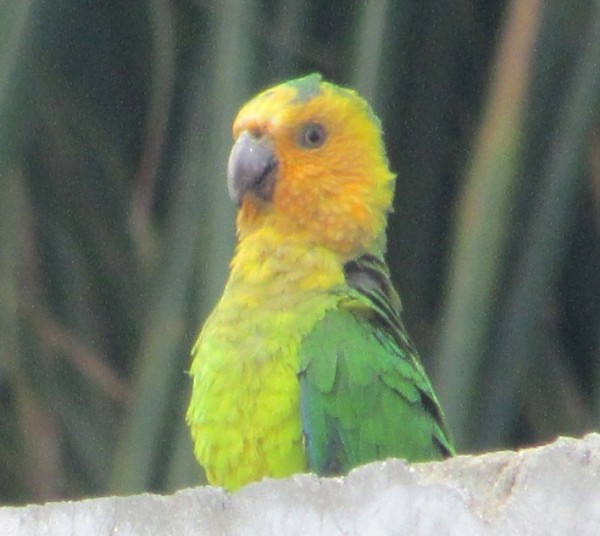 |
The ABCs - Aruba, Bonaire and Curacao are mostly low lying dry, scrubby islands in the Western Caribbean near the Venezuelan coastline
15 Photos
Created 21 May 2014
|
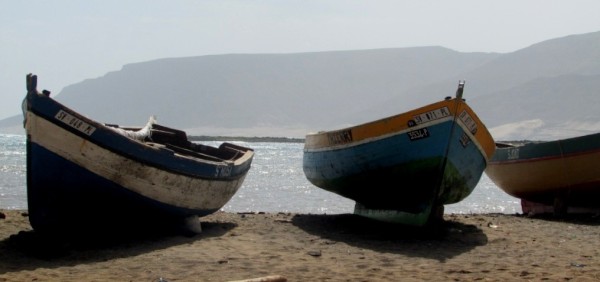 |
Images of the 2 islands in the Cape Verde island group we visited on our way across the Atlantic in 2013 - Sao Vicente and Santo Antaao.
37 Photos
Created 26 December 2013
|
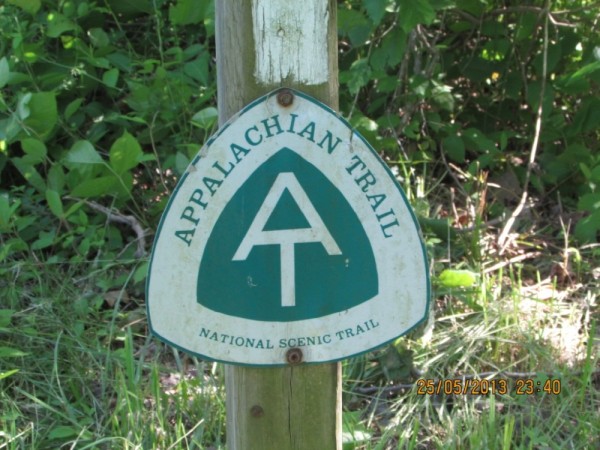 |
Photographic images of our long walk along the Appalachian mountains in the USA
26 Photos
Created 10 June 2013
|
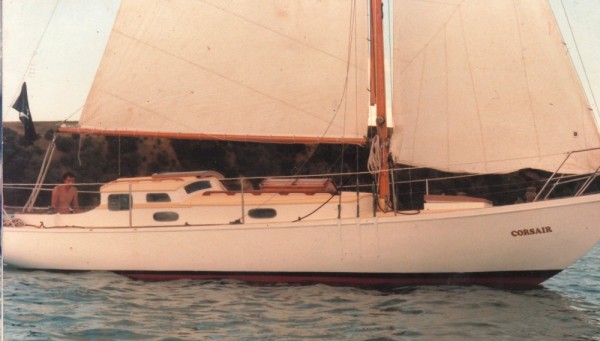 |
O.K. We're mad, but we somehow prefer a home on the sea to one on dry land.
12 Photos
Created 17 December 2011
|
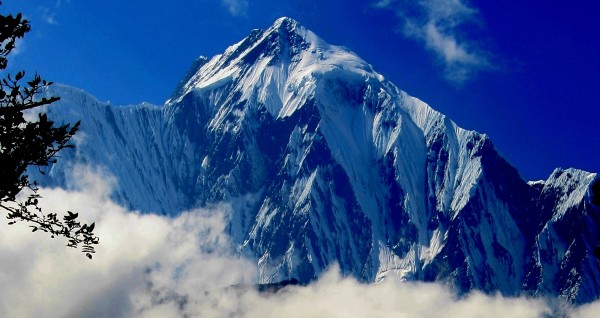 |
Nepal has ten of the world's highest mountains within its boundaries or shared with India and Tibet - these are truly giant peaks!
22 Photos
Created 15 December 2011
|
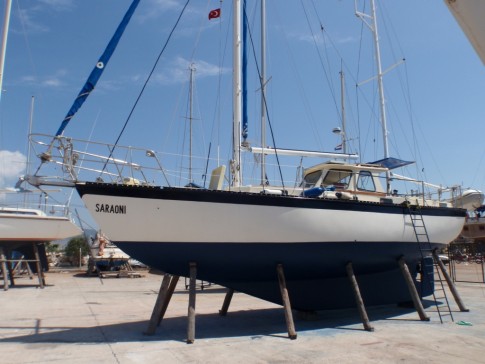 |
Saraoni hauled out on Finike's hardstand for biennial maintenance and painting
3 Photos
Created 26 April 2011
|
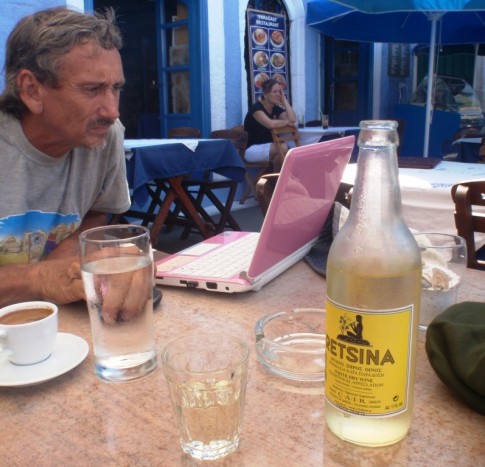 |
The small rocky island of Kastellorizou is Greece's most remote island
7 Photos
Created 11 December 2010
|
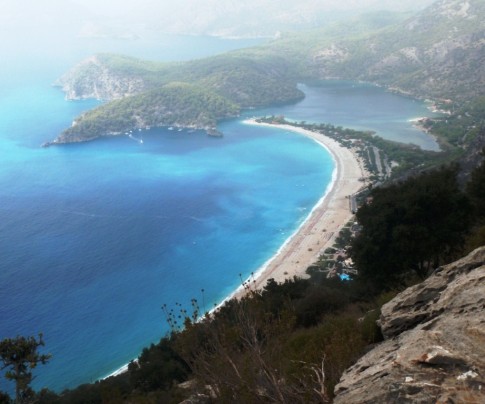 |
Cruising and walking Turkey's Lycian coast September and October 2010
19 Photos
Created 11 December 2010
|
Exploring as Much as We Can Until We Can't
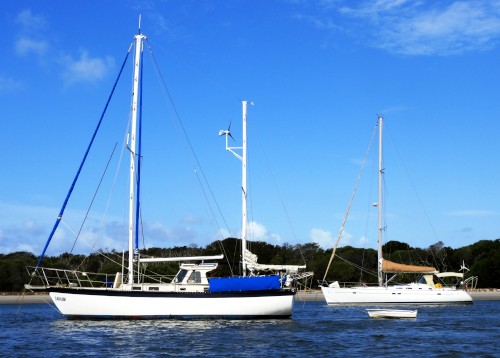
Who: Alison and Geoff Williams
Port: Lamb Island, Australia
Blog Categories by Year
- 2023 Aust NZ
- 2022 Aust
- 2021 Aust
- 2020 Aust, NZ
- 2019 Aust, NZ
- 2018 New Cal Aust and NZ
- 2017 NZ, Aust, Tonga, Fiji, New Caledonia
- 2016 NZ Niue and Canada
- 2015 Pacific Crossing Panama to NZ, Galapagos, French Polynesia, Cooks, American Samoa and Tonga
- 2015 and 2014 Suriname Colombia Panama and Costa Rica
- 2014 U.S. Cycle trip
- 2014 Caribbean Islands Trinidad to Aruba
- 2014 Atlantic Crossing Cape Verdes to Suriname
- 2013 Cape Verdes, West Africa
- 2013 Canaries Post USA
- 2013 U.S.A. Hiking Trips Appalachians and Cascades
- 2013 Canaries Pre U.S.A.
- 2013 Morocco
- 2012 South Africa and Swaziland
- 2012 Mediterranean Spain and France
- 2012 Italy
- 2012 and 2011 Greece
- 2011 A Quarter Century on the Sea
- 2011 Nepal
- 2011 and 2010 Turkey
- 2010 Oman Yemen the Red Sea and Israel
- 2010 South Asia: India and Sri Lanka
- 2009 Malaysia and Thailand
- 2009 and 2008 Aust and SE Asia
- 2007 Australia
- 2006 NZ to New Caledonia and Australia
- A Tale of Three Boats
- 1978 to 2018 Perspectives on a Long Journey
